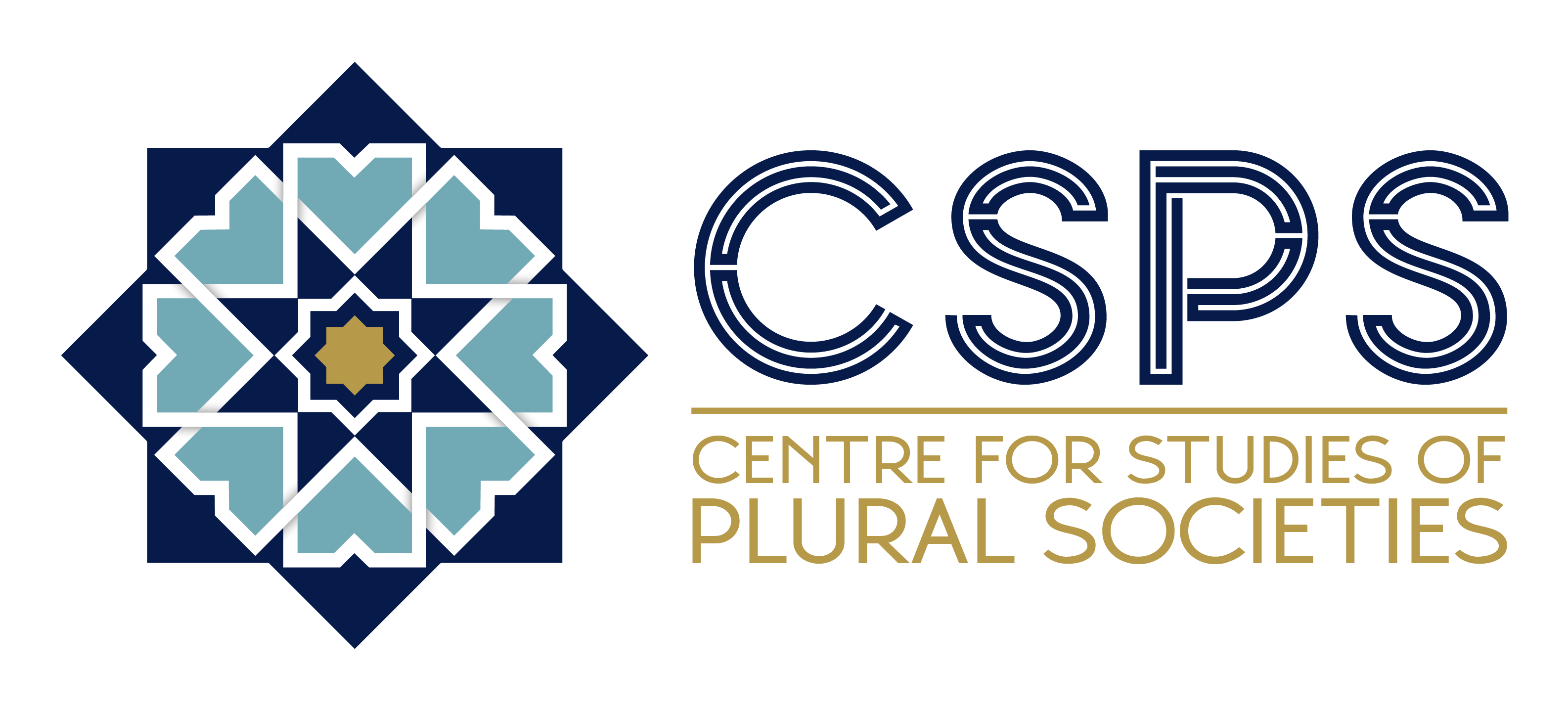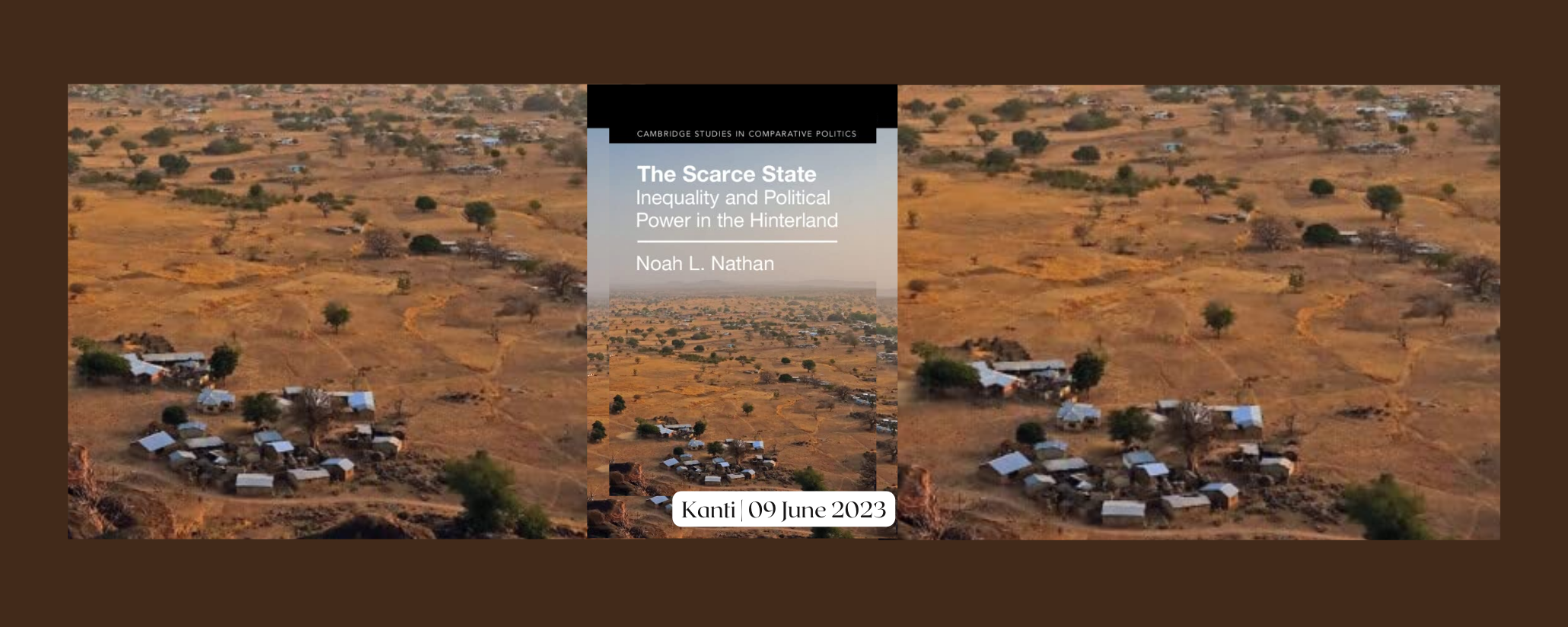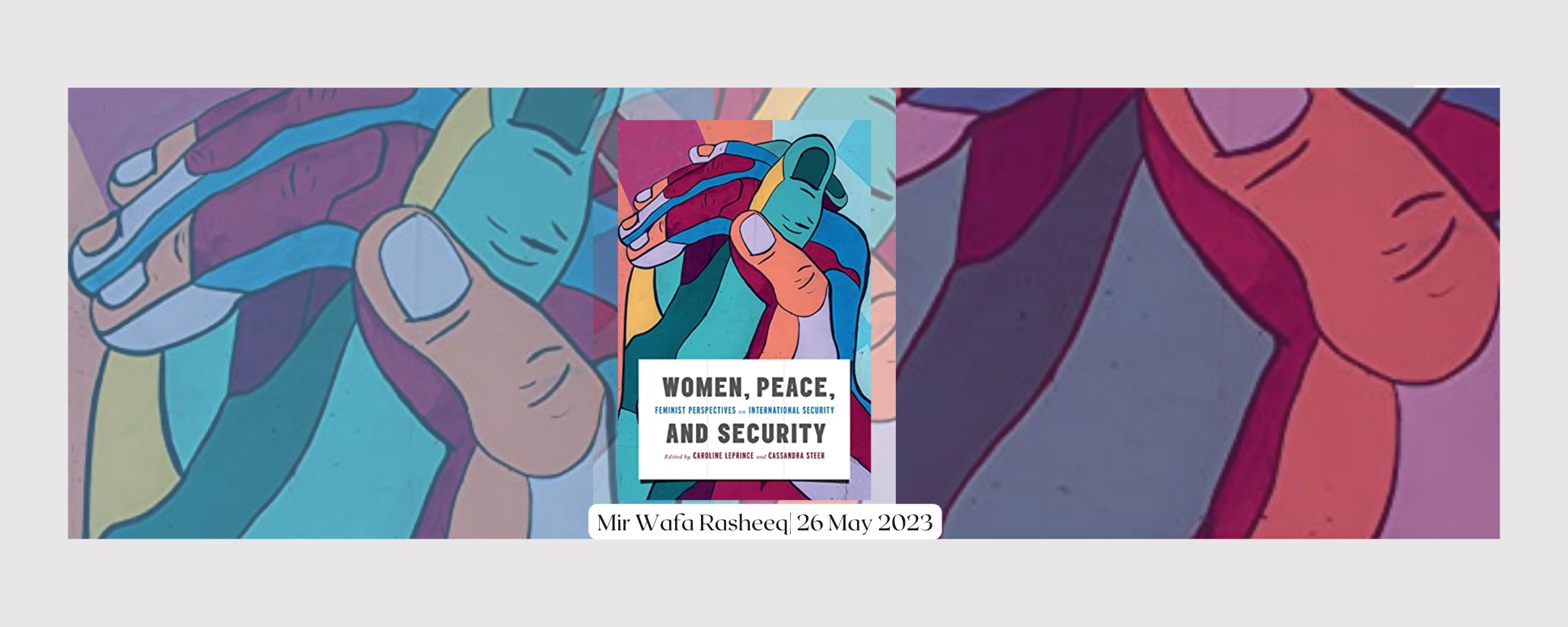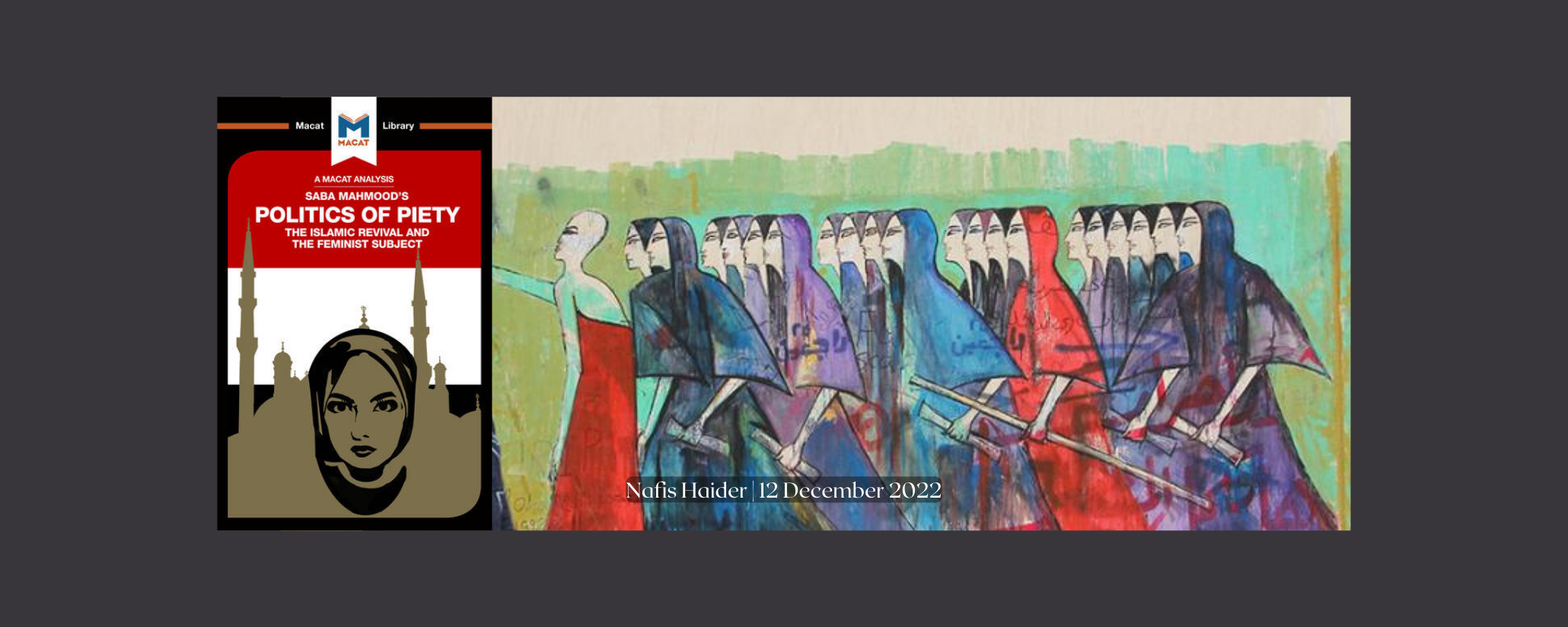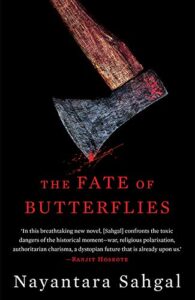
“Books have an unexpected way of getting started,” Sahgal says a few pages into her short novel with a blood-stained axe on the cover. You know what she means when the plot begins with the protagonist Prabhakar, a political science professor and an orphan raised by missionaries, who has “taken a break from political science” to write a “light-hearted” book. As you flip through the pages, you realize that the protagonist may take a break from “political science,” but politics seeps through every lump of his life—and ours. It’s just a moment later that Prabhakar proves this with a prolonged and scatological reference to the bowel movements of Napoleon and how they may have changed the course of European history. The plot encapsulates a dystopian hint in its performance, but what caught the most attention is how the novel’s reality extends and morphs into different forms while paralleling the reality of this country as well.
The Fate of Butterflies came out in 2019, four years after Nayantara Sahgal returned her Sahitya Akademi award due to the tenuous state of Indian politics, which was hurling under the overreaching garb of religious fanaticism and right-wing propaganda. The novel represents the state of Indian politics through the metaphor of butterflies, the way they are squeezed “through their middle to cripple them,”(p. 20) before being stored in a jar full of the literal and metaphorical acid of fundamentalism. Rafeeq, the ingenious cook working in “Kaif,” a place with a “cubbyhole” of a kitchen producing a magical meal for its regulars, gets shut down when the regime decides there would be no more meat served unless it’s checked whether it’s from a cow or a goat. The ominous regime that Sahgal addresses in the novel, with “Mirajkar” as the mastermind behind all the policy-making processes, finds an eerie similitude with the realities of the country’s politics as well. Furthermore, the parallel with Sergei, with his elaborate arms deal and “military-industrial complex,” and Prahlad and Francois’ struggle as a queer couple running the place “Bonjour,” saw it destroyed at the hands of fanatics and the goons of the regime. This further places these symbolized characters on the periphery of the novel, with or despite their privileges. The characters didn’t have to do much because the regime would destroy them simply because their very existence threatened it.
As the novel progresses, the plot becomes increasingly intertwined with the lives of the characters and the socio-political landscape of the country. The pervasive presence of the regime finds its way into their lives even during moments of levity; the fear remains looming and persistent throughout the novel. The book, in the course of just 144 pages, takes the reader through the realities of existing on the margins, the absurdism associated with the formation of “cowdom”, bureaucratic impasse, violence as a weapon of war against women, and the dangers of having any kind of hope as a Muslim, queer, or a woman in a country being controlled by fundamentalist ideologies and the whims of the rich.
It is, however, the character of Katerina who cements and narrativizes the dire state of women subjected to violence as a weapon of war. The poignancy becomes apparent when Prabhakar is seen gathering “newspaper clippings” to read her statements to the judge about her rape. Prabhakar couldn’t finish the entire statement in one go; he had to keep coming back to it because, how do you even read something like that and then have the audacity to flip the page? The constant idea of how it is the body of women that becomes a site for politics, a site subjected to violence, persists because at the end of the day, “purity of heart is no protection against weapons of war.”(p. 106) As a woman, you run, you sink in, you clench your fist, you speak, and every day you fight your sheer luck—or maybe the lack of it—to stay alive.
Prabhakar coming across the naked dead man at the beginning of the novel with nothing but a “skullcap on” and the narrativized existence of organizations like “Voice of Hindu Americans” attempting to white-wash Indians in America becomes a seething comparison to Sahgal’s observation on the rise of Islamophobia and jingoistic Hindu nationalism in the country at large. However, the question becomes apparent with how the plot unfolds. Rafeeq, while assumed to be dead after the riots in Muslim neighborhoods, is finally rescued by the well-connected Lisette, whereas Prahlad and Francois take to the dance floor after the destruction of Bonjour to have one last drink, to have one last dance while they still have a chance. The idea then still lingers: is it only possible to dance when the world burns if you’re privileged? Is it only possible to rescue Rafeeq from the sea of Muslims getting butchered and burnt alive because he had the chance to sit with well-connected and privileged people like Lisette and Prabhakar?
There remains a tinge of hope for Sahgal’s characters towards the end of the novel—a hope to run away, to maybe fight in court, to have your truth recorded in print. Hope that people who are privileged enough will someday come and sit in your dingy Mughlai restaurant and have a good enough heart to help you one day when you’re running from death. Butterflies, a long-lost literary symbol of life, when killed cruelly and creatively, show the extremity humans are capable of because maybe you’ll meet a similar fate—murdered and dumped in acid on the whim of a stronger and larger entity, just because you happened to sit on a specific petal or chose to fly sideways. Despite all of it, Sahgal’s characters hope with all their heart, but that never lets the reader forget the fact that under a fanatic regime, the dystopia becomes very real because the only reason a woman got raped in front of her children and a man was found dead and naked with just a skullcap on was that they hoped to exist.
Saakhi Rai is an intern at CSPS
